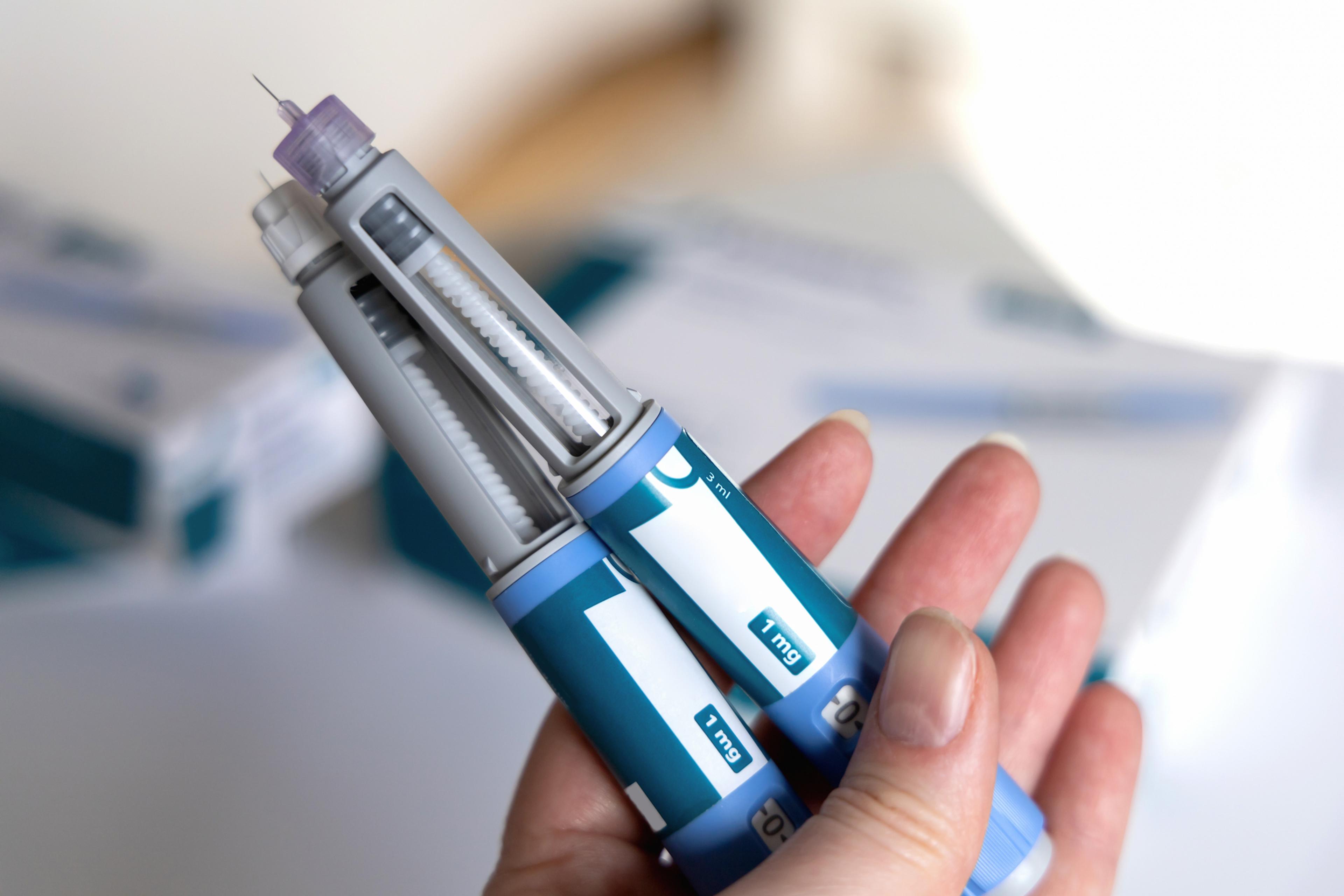What are Biologics and Biosimilars?
Amy Barczy
| 3 min read
Amy Barczy is a former brand journalist who authored...

You may have heard of certain kinds of medications called biologics and biosimilars. These medications are often considered cutting-edge and as they become available, have opened up opportunities to treat chronic conditions and medical illnesses that previously had little to no other treatments. However, biologics play a significant role in health care spending. Understanding the difference between biologics and biosimilars can help you navigate any future prescriptions and treatments you may encounter.
What are biologic medications?
Most conventional drugs are made from chemical synthesis, with a known structure that can be replicated by more than one manufacturer. They can be brand-name, or generic.
Biologic medications are different: they are highly complex mixtures and made from living cells. The first biologic was recombinant human insulin, which was developed in 1982. Biologic medications have expanded greatly since then and have accounted for a third of all new medicines approved by the U.S. Food and Drug Administration.
Biologic medications are used to treat diabetes, cancer and autoimmune diseases.
Some examples include insulin and monoclonal antibodies. However, biologics often come at a higher cost. While biologics make up 2% of prescriptions in the U.S., they account for 37% of net drug spending. Biologics are also the fastest growing segment of pharmaceutical research. A new biologic often costs millions of dollars for a drug company to develop and test.
What are biosimilars?
Original biologic products developed by drug manufacturers cannot be exactly replicated due to their complexity. However, when a drug manufacturer’s patent on a biologic expires, other drug manufacturers are allowed to create new medications that are highly similar but not chemically identical to the original reference product. These new medications are called “biosimilars.”
Biosimilars are also made from living cells – not chemicals – and have no meaningful differences in efficacy, safety or purity from the biologic drug they are referencing. There are small differences in the inactive ingredients between biosimilars and the biologic that they reference.
Biosimilars are less expensive to develop than biologics, as much of the upfront development has already been completed by the manufacturer of the original biologic. The availability of multiple biosimilars can also increase competition in a market where there are often limited biologic options. As a result, biosimilars often provide lower cost alternatives to an expensive type of medication.
Biosimilars could save the U.S. health care system more than $133 billion by 2025, according to the Association for Accessible Medicines.
How biosimilars are different from generic drugs
While biosimilars may sound like generic drugs, they’re not. Generic drugs are small-molecule products that can be chemically synthesized to replicate a brand-name drug. Biosimilars are usually derived from natural and living organisms like their biologic reference products, while generic drugs are often made from synthesized chemical ingredients.
However, biosimilars and generic drugs do have some things in common: both are versions of previously FDA-approved medications and may offer more affordable treatment options to patients. And both go through a rigorous FDA review process to ensure they’re just as safe and effective as their reference products.
Health care providers and organizations who care for patients with chronic conditions endorse the safety, purity and potency of biosimilars as a treatment alternative.





